7 Ways to Get a Cool Industrial Edge Anywhere
http://decor-ideas.org 09/02/2013 04:50 Decor Ideas
A home's foundation — exposed beams, brick, metal and other construction elements — can also serve as the foundation for industrial style. This look evolved from the massive factories of the 19th century, which were eventually abandoned and remodeled into havens for artists, architects and other creative professionals, who enjoy the interesting architecture, open space and acoustics.
Today the industrial style that stems from those creative living spaces has caught on with more people than just loft dwellers. Whether you have a more modern or vintage approach, industrial elements can add an edge your home. Here you'll learn about some of the basic elements of this style and how you can incorporate them into your home.
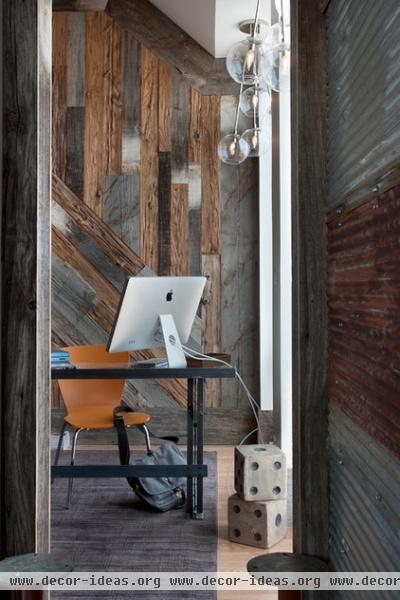
1. Weathered wood. The wood on old factory floors and furnishings suffered some serious wear and tear from its rough surroundings. Many factories-turned-industrial-lofts are prized for the rich patina that's developed on the wood, adding warmth and nostalgia to the space.
Get this look: Hit your local salvage yard, flea market or swap meet to reclaim a weathered wood piece from its former factory glory. Old floors are great for new paneled walls or islands, and old window frames and doors can become new wall hangings, headboards, tables and art.
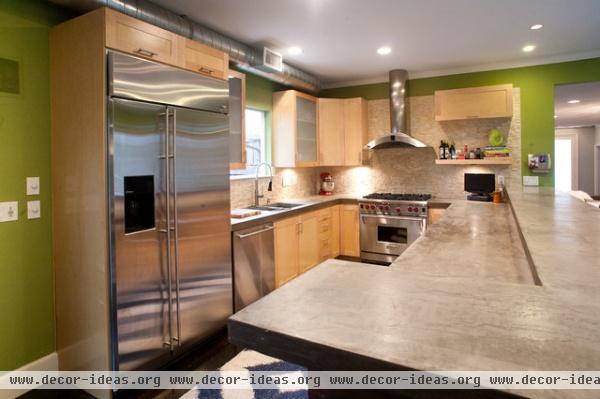
2. Building systems. HVAC, electrical and plumbing systems were often left exposed in these old industrial factories. Since the spaces were purely functional, there was little need to hide the building's structural elements.
Get this look: Exposed ductwork and plumbing don’t pair well with all of today’s interiors. However, you can introduce cool industrial elements in subtler ways, such as incorporating an exposed piece of duct in the kitchen. Also, try using galvanized pipe for DIY table legs, shelving brackets or a coatrack. Get creative!
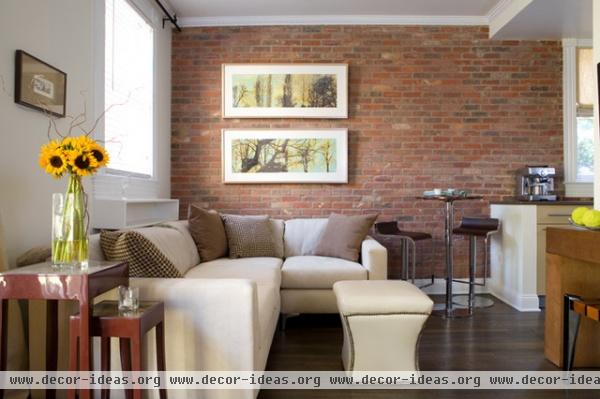
3. Exposed brick. Fired clay brick has been used as a building material for hundreds of years in the United States. This carefully crafted structural element is known for its durability and longevity, so it adorned many of the country's first factories.
Get this look: We’re not all lucky enough to have this architectural gem hiding behind our existing drywall. But bricks or brick veneer can always be added. If you're not up for a focal wall, try limiting this material to a kitchen backsplash, fireplace surround or entryway.
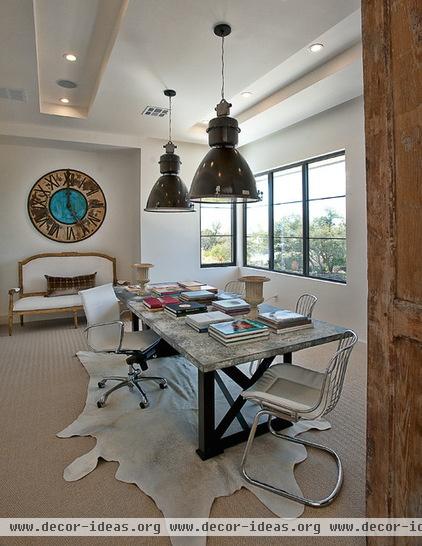
4. Lighting. Industrial pendant fixtures with porcelain enameled shades, cast aluminum bulb cages, and steel or ribbed glass shades were just one of the popular lighting types that illuminated the old factories.
Get this look: Today dozens of modern lighting manufacturers specialize in this look. Search for a big pendant in your price range and add it over a dining area, an island, an entryway or a hallway for a subtle industrial element.
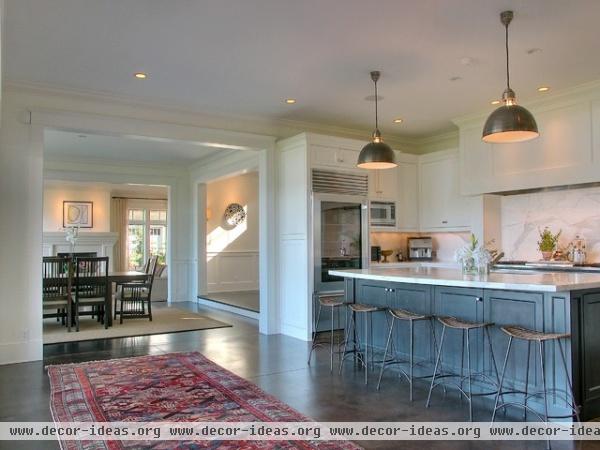
5. Concrete. Concrete was widely utilized in old factories, mills and workshops for both flooring and structural work. Because of its strength, low cost and durability, this material worked well in 19th-century industrial factories.
Get this look: Staining and polishing are popular and relatively affordable options for those stuck with existing concrete. Not ready to embrace this material on your floors? Simple accessories like concrete planters, table bases or DIY cinder block shelving can help mimic the look.
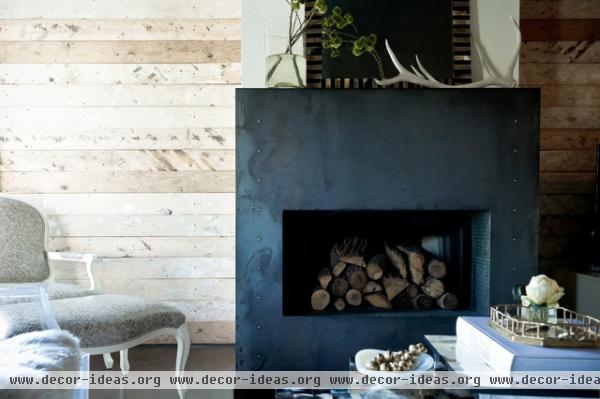
6. Steel. Industrial factories and mills had steel columns, beams and trusses. As with the exposed building systems, there was little reason to cover up these structural necessities.
Get this look: Stick to simple, steel accessories and furnishings to give your home an understated industrial touch. The cleaner the lines, the closer to the industrial look.
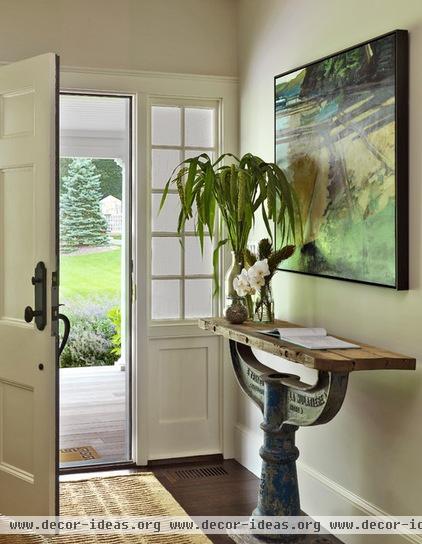
7. Repurposed furnishings. Gears, mechanical devices, work pieces, valves, gears, tile and hardware are just a few of the nonstructural elements salvaged from old factories. Their robust construction makes for incredible, creative furnishing opportunities.
Get this look: Salvaged industrial elements and old factory pieces look great when mixed with other design styles or just on their own. Try tipping an old gear over on its side and top it with a piece of glass for an impromptu side table, or simply put a collection of old tools out on display.
More: So Your Style Is: Industrial
Related Articles Recommended












